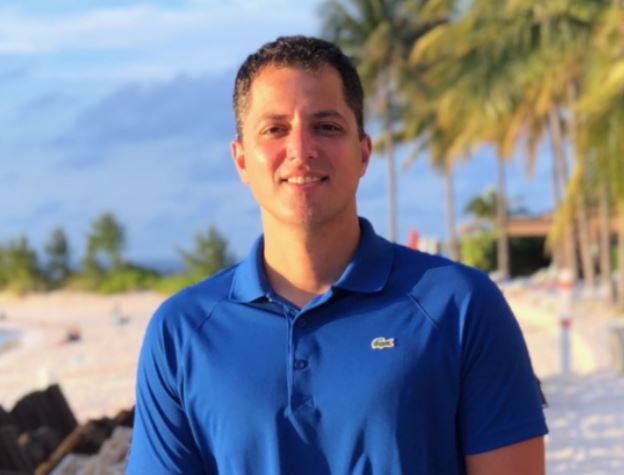
Mosaic Ambassador Company highlighted in STL Business Journal Transport Issue
Q&A: How one local trucking company is driving revenue by making truckers its priority
When he was growing up in Bosnia, Nihad “Nick” Sinanovic never thought he’d run a trucking business. But after encountering disgruntled Bosnian truckers in St. Louis, he decided to build a firm that would improve their quality of life. The result was Vega Transport. Founded in 2005, Vega Transport today has 120 trucks and 145 local employees. In conjunction with this week’s Largest Transportation Carriers List, we spoke with Sinanovic about his business. The interview has been edited for length and clarity.

Why did you start Vega Transport? During my college years, I used to translate for Bosnian truck drivers taking endorsements for their CDL — commercial driver’s license. And I just got in touch with a lot of drivers, met a lot of them, and they were complaining about their working conditions. So I came up with the idea with my brother and partner to open a trucking company to improve things that were causing drivers to suffer. Not having enough home time, not getting paid properly or on time, things like that.
You had no background in trucking? I studied computer science at UMSL, so we’re total outliers when it comes to trucking. Not a lot of trucking companies start from outside of the industry. It was difficult, especially not having that background or not knowing the terminology. But at the same time it was a blessing because we questioned everything. We started from scratch. While it was very time-consuming to do everything from scratch in the beginning, it really helped us a lot to become an innovative company, a company that thinks outside of the box.
What’s an example of that innovative approach? For instance, let's talk about truck equipment. A lot of trucking companies have the notion that you don’t buy certain engines, certain trucks, because that's how it's always been. And we just said, "no." Why don't we look at the most fuel-efficient equipment there is? Why don't we look at the most cost-saving, time-saving equipment? Here’s a specific example: automated transmissions. When we got into the business, all of the trucks had a manual transmission. The majority of cars stopped having manual transmissions decades ago. So we did research, because those automated transmissions were just starting to come up in the trucking industry. The trucking industry is behind the small car; it's always lagging by 10, 15 years. And we just said, let's do this. This makes sense. This is safer. It saves fuel. And the drivers were like, “No, that doesn't make sense; I've always done it this way.” And then when they tried it, they were like, “Wow, what was I doing for the past 10, 15 years?”
You got into trucking to improve the lives of drivers. How does Vega Transport accomplish that? Our truck drivers have a very solid home time. They go out on the road, and then they come back to St. Louis to spend time with their families, and then they go out on the road again and come back. We’re not like a true trucking company that sends people over the road for weeks at a time, or months at a time, before they get to see their home and their families. What we’ve been able to design is a system that gives the drivers plenty of miles. They go out, but we try to bring them back home as soon as possible. A lot of our drivers are family-oriented people, and they really appreciate that. When they’re driving, they’re driving towards home. Even though it’s sometimes hard, operationally, to find enough freight to bring them home, it’s really worth the extra struggle.
Does this approach limit Vega’s growth? Yes, we have probably sacrificed some market share because we’ve stayed focused on the St. Louis market so much. But at the same time, we really have a strong presence in St. Louis. Although we have 120 trucks, we have a representation as if we were a 400- or 500-truck company because all of our trucks are here two or three times a week. We are also looking to continue growing vertically through additional services. Possibly adding hazardous material service, which some of our customers are asking for. Also maybe adding refrigerated freight down the line, as some of our customers have asked for services in those areas. We try to grow between 10% and 20% a year. Our goal is to maintain solid quality of service, quality of life for the drivers, and just continue growing at a small pace every year.
